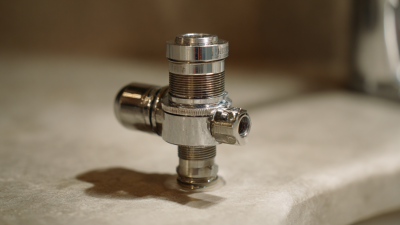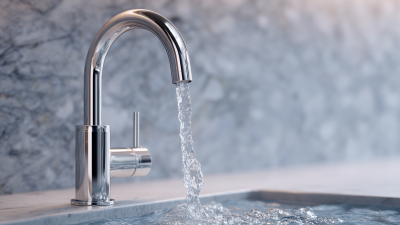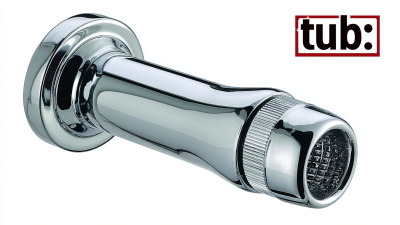In modern bathroom design, efficiency and aesthetics converge, making the choice of bathroom fixtures more critical than ever. One essential component often overlooked is the pop up waste system, which plays a vital role in drainage management while enhancing the visual appeal of the space. According to a report by the Global Market Insights, the bathroom fittings market is projected to exceed USD 200 billion by 2026, fueled by increasing consumer demand for functional yet stylish solutions. Pop up waste systems not only streamline water disposal but also contribute to water conservation efforts, aligning with the industry's shift towards sustainable living. As homeowners become increasingly aware of their environmental impact, investing in innovative waste solutions like pop up wastes is not just a trend but a necessity that promises to elevate both the functionality and sophistication of modern bathrooms.
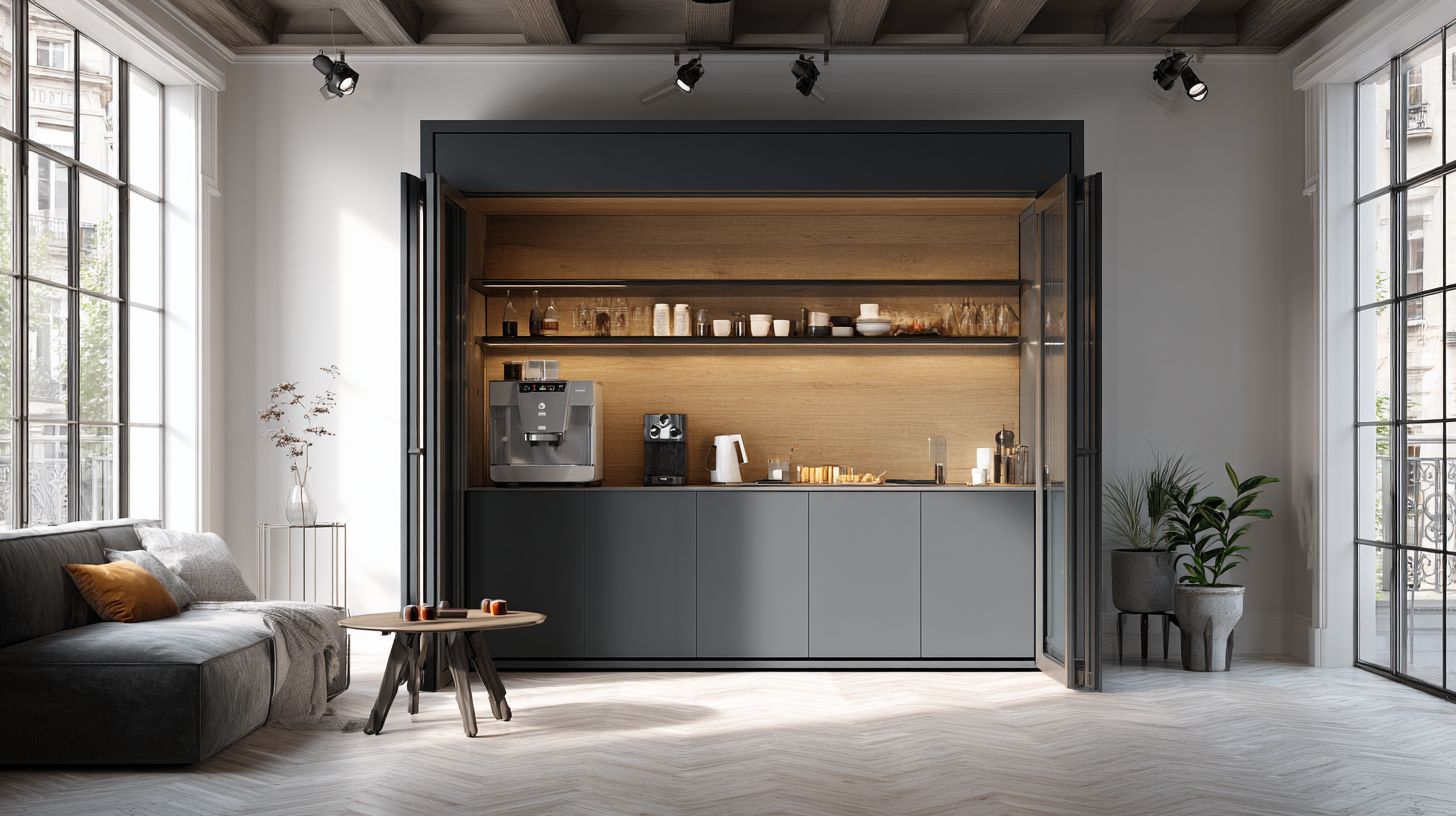
The trend towards modern bathroom designs has significantly influenced the market for pop up waste solutions. These innovative systems are not just functional; they seamlessly integrate into contemporary aesthetics, making them an appealing choice for designers and homeowners alike. With rising consumer preference for minimalist and efficient designs, the demand for pop up waste solutions is experiencing robust growth. They offer a sleek alternative to traditional waste mechanisms, enhancing both user experience and bathroom aesthetics.
Moreover, the market growth of pop up waste solutions is propelled by the increasing focus on sustainability and water efficiency. Many modern versions include eco-friendly features that help conserve water, aligning with the growing consciousness around environmental issues. As manufacturers continue to innovate, providing versatile and stylish options for different bathroom styles, the popularity of these products is expected to rise.
Designers are increasingly incorporating them into their projects, recognizing their dual benefits of functionality and design appeal, solidifying their place in the future of bathroom design.
Modern pop up waste systems are transforming the bathroom experience, thanks to their innovative features that enhance both convenience and functionality. One notable advancement is the introduction of touchless operation. A report from the Bathroom Manufacturers Association (BMA) highlights that nearly 60% of consumers prefer hands-free options for their bathroom fixtures, leading to increased hygiene and reduced water wastage. This feature is particularly beneficial in enhancing usability for families and elderly users, minimizing the risk of mess and the spread of germs.
Another significant aspect of modern pop up waste systems is their streamlined design that fits seamlessly into contemporary aesthetics. According to a study published by Research and Markets, the global bathroom fixtures market is expected to reach $111.1 billion by 2025, driven by consumer demand for not just functionality but also style. Innovative designs in pop up waste systems often incorporate materials such as brushed nickel or matte black finishes, catering to modern design trends while ensuring durability. This blend of style and functionality not only enhances the user experience but also adds value to the bathroom, making it a compelling investment for homeowners looking to modernize their spaces.
| Feature | Description | User Benefit |
|---|---|---|
| Easy Operation | Single touch mechanism for opening and closing waste outlet. | Convenience and ease of use for all ages. |
| Sleek Design | Modern aesthetic that complements contemporary bathroom decor. | Enhances the overall visual appeal of the bathroom. |
| Durable Materials | Constructed from high-quality, corrosion-resistant materials. | Longer lifespan and reduced maintenance needs. |
| Hygienic Features | Designed to minimize contact and keep surfaces clean. | Improved cleanliness and reduced risk of germs. |
| Water Efficiency | Special mechanisms to reduce water usage without sacrificing performance. | Cost savings on water bills and environmental benefits. |
Investing in pop-up waste solutions for modern bathrooms can significantly reduce environmental impact through effective recycling and sustainability practices. According to the Waste and Resources Action Programme (WRAP), effective waste management strategies can lead to a diversion of up to 50% of household waste from landfills, demonstrating the potential for substantial ecological benefits. These innovative waste systems promote proper segregation of recyclables, ensuring that materials such as plastics, glass, and metals are processed efficiently, thus minimizing landfill contributions and carbon emissions.
Tips for selecting the right waste solutions include assessing the material compatibility of pop-up units with your bathroom's design and functionality. Opt for systems made from recyclable or sustainably sourced materials, which align with eco-friendly initiatives. Furthermore, consider models equipped with user-friendly features that encourage regular use, such as easy access and clear disposal instructions, enhancing overall waste management effectiveness.
By incorporating these solutions into modern designs, households can make substantial strides toward sustainability. Studies indicate that homes adopting such practices contribute significantly to lowering their carbon footprint, reflecting a growing trend towards environmentally conscious living that resonates well within the community.
Investing in pop up waste solutions for modern bathrooms can yield significant long-term cost savings. These innovative devices streamline the drainage process, reducing the likelihood of clogs and overflows. By minimizing maintenance and repair costs associated with traditional waste systems, homeowners can enjoy a more efficient bathroom experience while ensuring their plumbing remains in excellent condition. Over time, the initial investment in pop up waste technology can result in substantial savings, making it a wise choice for budget-conscious individuals.
Tips: To maximize the benefits of pop up waste systems, consider regular maintenance to keep everything functioning smoothly. Additionally, select high-quality materials that enhance durability and longevity. For best results, ensure proper installation by consulting with a professional, which can help prevent any potential issues down the line.
Another financial benefit is the water conservation aspect of these systems. Many pop up waste solutions are designed to work efficiently with modern taps and fixtures, reducing water usage without sacrificing performance. This not only contributes to lower utility bills but also promotes a more eco-friendly lifestyle. Adopting such sustainable bathroom solutions can make a notable difference in your overall expenses, reflecting a responsible approach to both your finances and the environment.

The integration of smart technology in bathroom waste solutions is revolutionizing the way we approach cleanliness and efficiency in modern bathrooms. According to a recent report from Statista, the smart bathroom industry is projected to reach a value of $2.9 billion by 2025, showcasing a growing demand for innovative waste management systems. Pop-up waste solutions, equipped with IoT capabilities, allow users to monitor and manage waste from their smartphones, providing unparalleled convenience and efficiency.
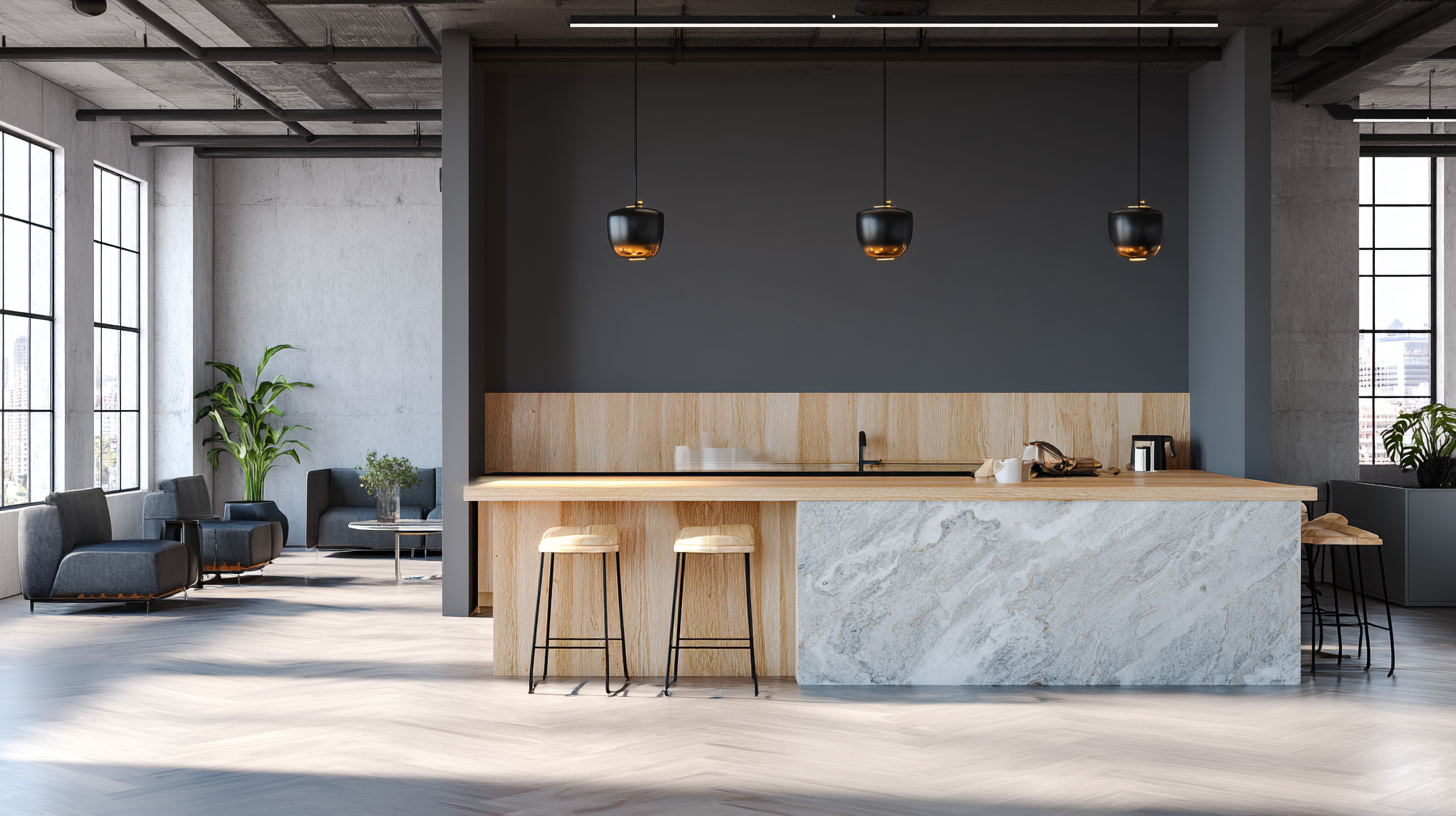
One emerging trend is the implementation of sensors in pop-up waste systems that automatically open and close lids based on user proximity. This not only enhances hygiene but significantly reduces the need for physical contact with the waste solution. Moreover, reports from IBISWorld indicate that products incorporating smart technology are anticipated to cultivate greater consumer engagement, driving purchasing decisions.
Tips: When investing in smart waste solutions, prioritize products with sensor technology for enhanced hygiene. Additionally, consider options that offer app integration, allowing for real-time monitoring of waste levels and alerts for necessary maintenance. Lastly, ensure the selected system is compatible with energy-saving features to reduce overall environmental impact.

